Andersonville Train Depot
Introduction
Text-to-speech Audio
Images
Andersonville Train Depot
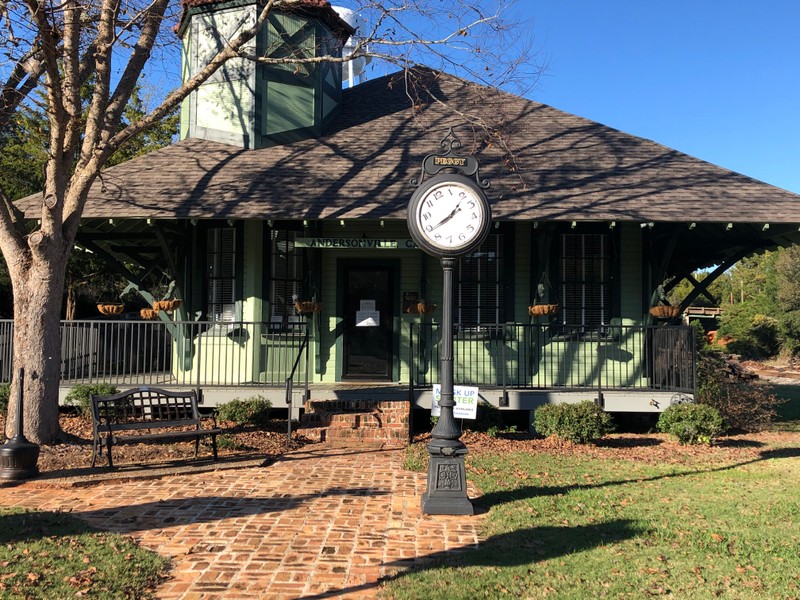
Train Tracks in Andersonville
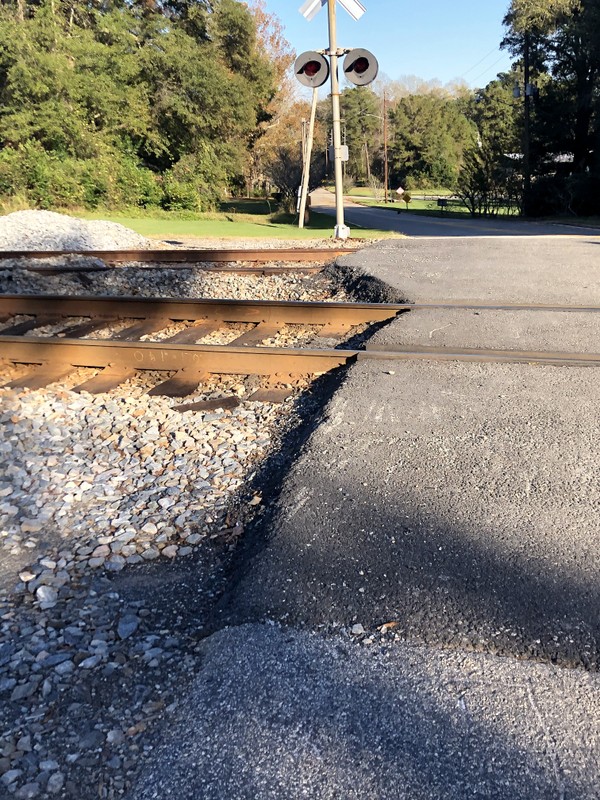
Historical Sign, Andersonville Train Depot
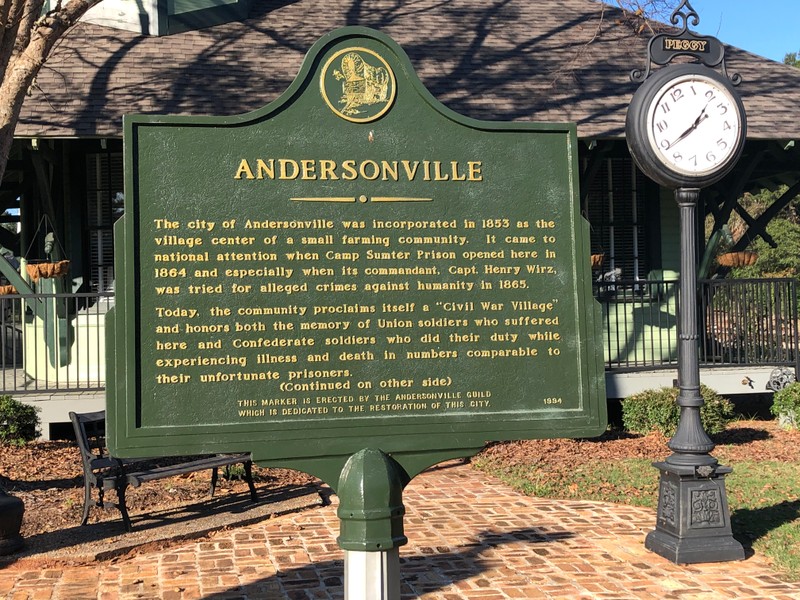
POW-MIA Memorial, next to Train Depot, Andersonville
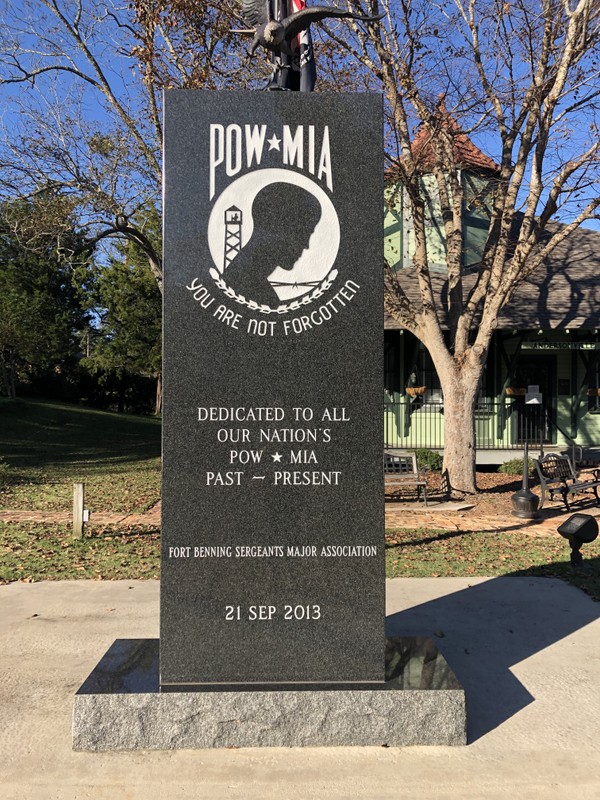
The Train Depot in the 1950s

The Original C and G Depot in 1871
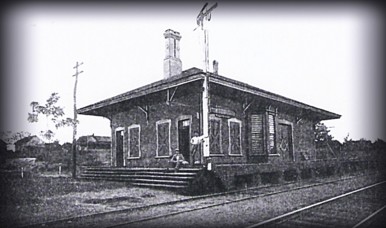
Backstory and Context
Text-to-speech Audio
The Andersonville Train Depot today stands in the same location as the original structure. The original depot fell into ruin and the current building is a similar reconstructed station moved from nearby Mauk, Georgia in 1974. Soldiers arriving in transport to the prison camp disembarked on the station platform before marching to the gates of the prison. Incorporated in 1853 as the center of a small farming community, the railroad typically stopped only briefly in the village before heading to larger destinations such as Macon. However, the remoteness of the Andersonville train station and town made it an ideal location for a prison camp. The station was chosen because its isolated location discouraged rescue by Federal raiders and there were too few townspeople to protest construction of a prison camp.[1] Sufficiently distant from coastal raids, difficult for prisoners to escape, and with limited access to supplies, the small rail station provided only one method of modern transportation to and from the prison camp.[2]
Railroads were critically important to both Confederate and Union forces during the Civil War. Railroads offered methods of transporting soldiers, supplies, ammunition, and other military resources. In Georgia, the rail line traveling through Andersonville usually headed for Americus and then on to Macon, with the village of Andersonville being a quick, minor stop. The station at Andersonville was a stop on the extension of the South Western Railroad running from Oglethorpe to Americus in 1853, and was known as Anderson Station until the establishment of the town post office in 1855, which necessitated a name change to avoid confusion with Anderson, South Carolina.[3]
Visitors to Andersonville after the Civil War often reflected on the “wildness” of the location, noting the importance of an established train depot in the town. One traveler in 1867 reported being so distracted by reading that he almost missed the train stop, only noticing at the last moment he needed to disembark. Once on the station platform, he found “a wild spot, without any sign of a habitation.” The railroad continued through the village through “a rather deep cutting” and “dense foliage which gives it the appearance of the entrance to some mountain gorge, and the wild, the almost savage look of the whole scene adds to its romance.”[4] Today, the station remains a historical site important to understanding the journey of Union soldiers arriving at Camp Sumter. Standing on the station platform and looking out on the main street and endless tracks allows visitors a sense of a prisoner’s initial experience.
Sources
Notes:
[1] Robert S. Davis, “Escape from Andersonville: A Study in Isolation and Imprisonment,” The Journal of Military History 67, no. 4 (October 2003): 1066. JSTOR.
[2] Robert Scott Davis, Wallace State College, Hanceville Alabama, “Andersonville Prison,” Georgia Encyclopedia Online, January 21, 2003. Last updated July 15, 2020. https://www.georgiaencyclopedia.org/articles/history-archaeology/andersonville-prison
[3] “The Village,” Visit Andersonville, Andersonville Guild, accessed December 2, 2020. https://www.andersonvillegeorgia.info/the-village.html
[4] “A Visit to Andersonville,” Hours at Home: A Popular Monthly of Instruction and Recreation (1856-1870),Vol. 5, Issue 5, September 1867. Pg 409-410. ProQuest Historical Newspapers, https://www-proquest-com.librarylink.uncc.edu/docview/90439226?accountid=14605 accessed December 2, 2020.
Other resources:
Davis, Robert S. "Andersonville Prison." New Georgia Encyclopedia, July 15, 2020. Accessed December 2, 2020. https://www.georgiaencyclopedia.org/articles/history-archaeology/andersonville-prison
Thomas, William. The Iron Way: Railroads, the Civil War, and the Making of Modern America. The Iron Way. New Haven: Yale University Press, 2011.
E.ClarkJr, John. Railroads in the Civil War: The Impact of Management on Victory and Defeat. Railroads in the Civil War. Baton Rouge: Louisiana State University Press, 2004.
Gabel, Christopher R. Rails to Oblivion : the Battle of Confederate Railroads in the Civil War Fort Leavenworth, Kan: U.S. Army Command and General Staff College Press, 2002.
Personal Photograph, Erin Del Giudice, November 14, 2020
Personal Photograph, Erin Del Giudice, November 14, 2020
Personal Photograph, Erin Del Giudice, November 14, 2020
Personal Photograph, Erin Del Giudice, November 14, 2020
https://www.andersonvillegeorgia.info/the-village.html
https://www.andersonvillegeorgia.info/the-village.html
